This treatise is by Dr. Serge Barjansky, a friend and colleague of Gaylord Yost. Dr.Yost discusses its relevance in his own treatise “The Basic Principles of Violin Playing” on pages 28 and 29. Dr. Barjansky book reveals his thoughts on what he considers to be an infallible physical basis of tone production and bow mastery. Advanced students who scrupulous applied the theories developed in the treatise have increased their tonal development and bow mastery enormously in a short period of time.
Author: Chris O'Byrne
A Treatise for Violinists and Violists
 This treatise will give serious students the knowledge of the means by which complete mastery of the violin may be acquired in the shortest possible time. Highlighted is the principle of “Dynamic Freedom” or “Strength-Freedom of Movement” as the solution to acquiring the manual skill necessary for excellence in playing the instrument.
This treatise will give serious students the knowledge of the means by which complete mastery of the violin may be acquired in the shortest possible time. Highlighted is the principle of “Dynamic Freedom” or “Strength-Freedom of Movement” as the solution to acquiring the manual skill necessary for excellence in playing the instrument.
Bow and Finger Magic
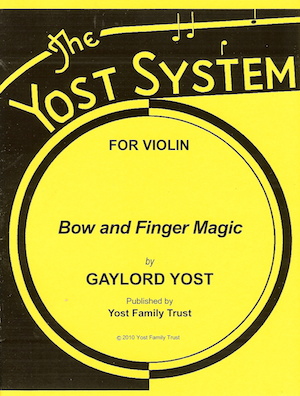 An important key in maintaining and promoting the highest degree of technical mastery for virtuosi and orchestral musicians whose time for technical practice may be limited to an hour.
An important key in maintaining and promoting the highest degree of technical mastery for virtuosi and orchestral musicians whose time for technical practice may be limited to an hour.
Exercises for Change of Position
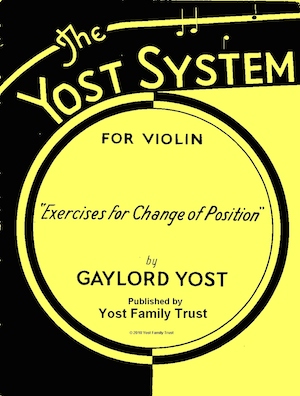 The author targets the important phases of left hand technique—change of position—and builds a systematic sequence of ideas or images in practicing. Every possible shift between all positions will be covered in these exercises and every thoughtful teacher should immediately recognize the value of their arrangement.
The author targets the important phases of left hand technique—change of position—and builds a systematic sequence of ideas or images in practicing. Every possible shift between all positions will be covered in these exercises and every thoughtful teacher should immediately recognize the value of their arrangement.
The Key to the Mastery of Bowing
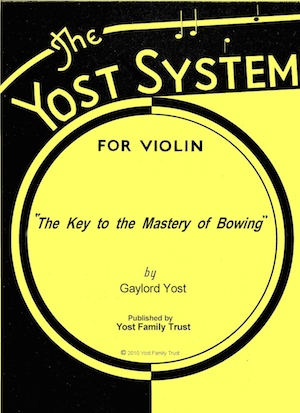 This volume is companion to “The Key to the Mastery of the Finger-Board“. Here, the same principles are followed in the solution of the vast and complex problem of right-arm technique. Bowing presents this problem because there are easily millions of rhythmical variations, accents, and inflections in using a bow. In attaining a competent technical command of bowing, there are very definite and well-defined fundamental principles which form the entire structure of the bowing mechanism.
This volume is companion to “The Key to the Mastery of the Finger-Board“. Here, the same principles are followed in the solution of the vast and complex problem of right-arm technique. Bowing presents this problem because there are easily millions of rhythmical variations, accents, and inflections in using a bow. In attaining a competent technical command of bowing, there are very definite and well-defined fundamental principles which form the entire structure of the bowing mechanism.
The Key to the Mastery of the Finger-board
 In this volume, the author discusses the “musical secret” that Paganini said he would bequeath to the world as mentioned in Schottky’s biography of the great violinist. The author likens the principles set forth in this volume to the same kind of regimen that Paganini would have had to follow to attain the heights to which he rose. The use of the principles and practice recommended herein should develop the violinist’s ease in ascending and descending the whole range of the finger-board with facility and accuracy, commanding all positions with equal ease.
In this volume, the author discusses the “musical secret” that Paganini said he would bequeath to the world as mentioned in Schottky’s biography of the great violinist. The author likens the principles set forth in this volume to the same kind of regimen that Paganini would have had to follow to attain the heights to which he rose. The use of the principles and practice recommended herein should develop the violinist’s ease in ascending and descending the whole range of the finger-board with facility and accuracy, commanding all positions with equal ease.
The Key to the Mastery of Double Stopping
 This volume is for beginners in double-stopping as well as more accomplished violinists. The problem of the mastery of double-stopping is essentially one of mastering up-and-down movements within the two-octave finger-board range on each set of strings. The studies should be practiced on the G and D strings as well as other strings as needed.
This volume is for beginners in double-stopping as well as more accomplished violinists. The problem of the mastery of double-stopping is essentially one of mastering up-and-down movements within the two-octave finger-board range on each set of strings. The studies should be practiced on the G and D strings as well as other strings as needed.
Scale and Arpeggio Studies
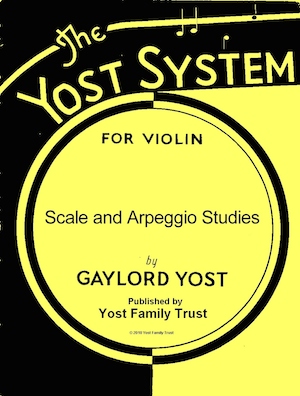 Scale practice is essential in the complete mastery of violin playing. This work brings a varied form of scales and arpeggios along with special exercises.
Scale practice is essential in the complete mastery of violin playing. This work brings a varied form of scales and arpeggios along with special exercises.
The Spivakovsky Way of Bowing
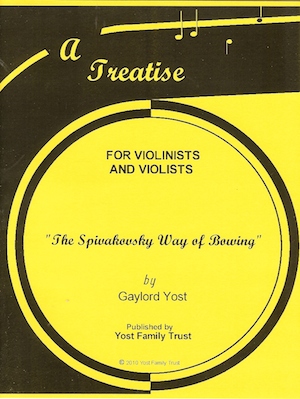 This is a theoretical analysis and explanation of “The Spivakovsky Way of Bowing.” It covers the various postures and anatomical functions of Tossy Spivakovsky’s controversial and “different” handling of the bow and violin.
This is a theoretical analysis and explanation of “The Spivakovsky Way of Bowing.” It covers the various postures and anatomical functions of Tossy Spivakovsky’s controversial and “different” handling of the bow and violin.
Studies in Finger Action and Position Playing
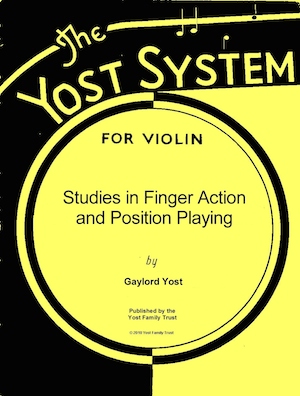 Four exercises are presented to violinists. Exercise 1 is designed to develop strength and absolute independence of finger action and ease in quick adjustment of the fingers in chord playing. Exercise 2 is for the extension and retraction of finger action and for the development of expansion and flexibility of the hand and fingers. Exercise 3 is for the development of great speed and accuracy in finger action. Exercise 4 is concerned with the process of across-string adaptability.
Four exercises are presented to violinists. Exercise 1 is designed to develop strength and absolute independence of finger action and ease in quick adjustment of the fingers in chord playing. Exercise 2 is for the extension and retraction of finger action and for the development of expansion and flexibility of the hand and fingers. Exercise 3 is for the development of great speed and accuracy in finger action. Exercise 4 is concerned with the process of across-string adaptability.
